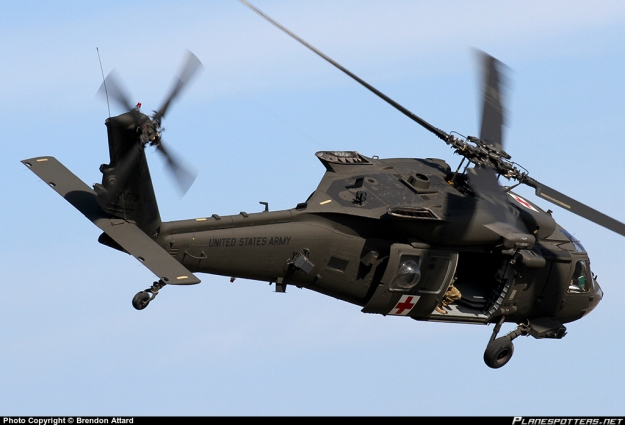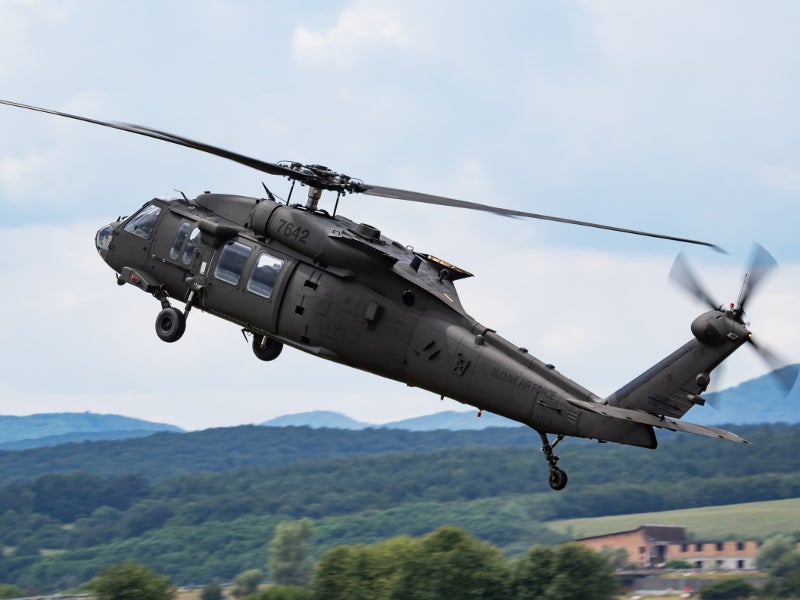Navigating Uh 60 Helicopter Rules and Conformity Requirements

Regulatory Framework Overview
The regulative structure controling UH-60 helicopter operations encompasses a facility collection of policies and requirements established by aviation authorities. These regulations are developed to make sure the secure and effective operation of UH-60 helicopters in different settings. The Federal Aeronautics Management (FAA) plays a main function in developing and applying these laws, which cover a variety of operational facets, consisting of airworthiness criteria, pilot certifications, maintenance demands, and operational procedures.
Conformity with these regulations is vital for helicopter operators to preserve the highest possible levels of safety and security and operational stability. Failing to follow these regulations can lead to serious effects, consisting of mishaps, injuries, and regulative permissions. Helicopter operators should remain notified about the latest regulatory advancements and guarantee that their procedures are in full conformity with all relevant rules and requirements.
Airworthiness Regulations and Examinations
Among the regulatory structure regulating UH-60 helicopter procedures, a crucial focus pushes compliance with Airworthiness Directives and performing comprehensive evaluations to promote security standards and functional integrity. Airworthiness Instructions (Advertisements) are released by aviation authorities to deal with risky conditions in aircraft, including the UH-60 helicopter, and required particular activities to be taken by proprietors or drivers. Conformity with ADs is mandatory, and failure to comply with these regulations can lead to significant consequences, consisting of grounding of the aircraft.
Routine evaluations are extremely important to making sure the airworthiness of UH-60 helicopters. By sticking to a rigorous examination program, drivers can discover and deal with prospective concerns immediately, thus enhancing the security and dependability of UH-60 helicopter operations.
Pilot Certifications and Training

Pilot training for UH-60 helicopters is detailed and covers a wide variety of topics, consisting of airplane systems, emergency treatments, navigating, and mission-specific training. In addition, pilots undertake simulator training to practice different emergency scenarios in a regulated atmosphere. This training assists pilots develop the necessary skills home to manage challenging scenarios effectively.


In addition, ongoing training and specialist development are sites essential for UH-60 pilots to remain present with the most recent regulations, innovation, and ideal methods. By buying pilot certifications and training, drivers can boost security, optimize efficiency, and make certain conformity with governing requirements in the operation of UH-60 helicopters.
Functional Limitations and Needs
Pilot credentials and training serve as the foundation for recognizing the operational restrictions and needs associated with UH-60 helicopter procedures. Furthermore, conformity needs, such as sticking to particular flight paths, interaction protocols, and emergency situation procedures, are necessary for preserving functional safety and security and regulative conformity. Pilots must stay current with all operational restrictions and requirements with routine training, briefings, and evaluates to alleviate dangers and guarantee secure and efficient UH-60 helicopter procedures.
Emergency Situation Procedures and Conformity Testing
Effective emergency situation procedures and detailed conformity screening are critical components of preserving functional security and regulative adherence in UH-60 helicopter operations. Normal conformity screening guarantees that the helicopter fulfills all regulative demands set forth by aviation authorities.
Compliance testing also includes tools onboard the UH-60, such as interaction systems, navigation instruments, and security gear. Ensuring that all tools is working properly and meets governing requirements is crucial for secure procedures. Furthermore, compliance testing may involve simulations of emergency circumstances to examine the team's feedback and the helicopter's efficiency under stress. By prioritizing emergency treatments and conformity testing, UH-60 operators can reduce risks and show their commitment to security and regulative conformity.
Final Thought
Finally, adherence to regulatory structure, conformity with airworthiness directives, pilot credentials and training, functional constraints, and emergency situation treatments are essential for navigating the laws and needs of operating a UH-60 helicopter. uh 60. It is critical for visit this page drivers to focus on safety and guarantee complete conformity with all suitable laws to preserve the airworthiness and operational integrity of the airplane
Navigating the governing landscape bordering UH-60 helicopter procedures requires a nuanced understanding of the complex web of regulations and conformity demands.Conformity with these policies is essential for helicopter operators to keep the greatest levels of safety and security and operational honesty.In the middle of the governing structure controling UH-60 helicopter procedures, a critical emphasis lies on conformity with Airworthiness Directives and conducting extensive assessments to promote safety and security criteria and operational integrity.Reliable emergency situation treatments and comprehensive compliance testing are vital components of maintaining operational safety and regulatory adherence in UH-60 helicopter operations. Routine conformity testing ensures that the helicopter fulfills all governing demands established forth by aviation authorities.